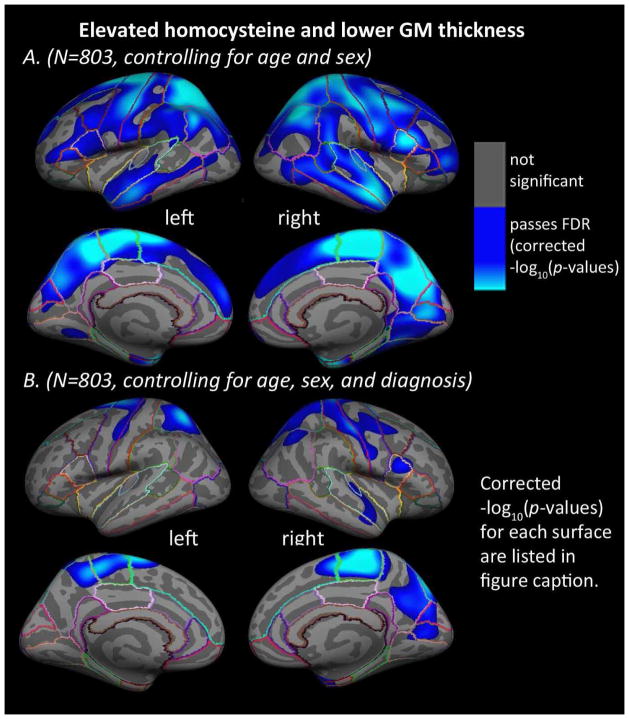Figure 1. Homocysteine and cortical GM thickness.
Whole-brain 3D maps show significant associations between homocysteine levels in the blood and cortical gray matter (GM) thickness in the left and right hemispheres for all N=803 subjects, (A) after controlling for age and sex (left: −log10(p-value)= 1.597–3.855, right: −log10(p-value)=1.499–3.757, FDR corrected), and (B) after controlling for age, sex, and diagnosis (AD, MCI, or healthy elderly) (left: −log10(p-value)= 2.321–4.579, right: −log10(p-value)=1.996–4.253, FDR corrected at q=0.05). Results were corrected for multiple comparisons by thresholding at a p=0.05 false discovery rate (FDR) threshold across the entire brain hemisphere. Blue areas represent points on the cortical surface where p-values passed the corrected significance threshold for a negative relationship between homocysteine levels and cortical thickness values (higher levels of homocysteine associated with lower cortical GM thickness). No areas of significant positive associations were found, in a post hoc test, after appropriate FDR correction.

